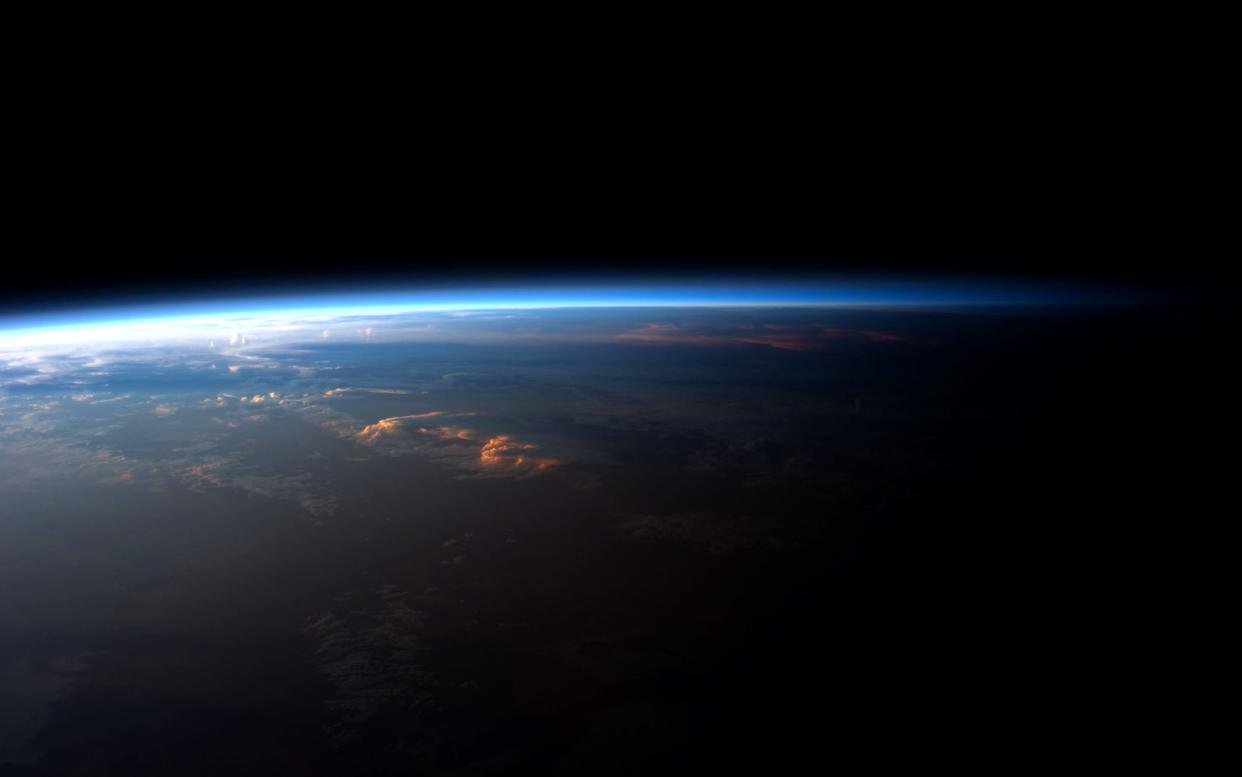Six-hour days and not much life: What Earth was like before things slowed down

Days on Earth used to be as short as six hours and complex life was only possible when it began to spin more slowly, scientists have discovered.
The shorter days were the product of the moon's gravitational pull of the Earth being much stronger than today, which caused it to spin more rapidly on its axis. Over time, friction has slowed Earth down and one revolution now takes a little less than 24 hours.
"When the Earth-Moon system formed, days were much shorter, possibly even as short as six hours," said Dr Brian Arbic, a physical oceanographer at the University of Michigan.
But at this time, around 2.4 billion years ago, the conditions on Earth were inhospitable and it was impossible for emerging microbial life to survive. As the Earth began to spin more slowly, microbes called cyanobacteria – also known as blue-green algae – evolved, which were able to use sunlight to make energy and release oxygen.
This process of photosynthesis now underpins all life on Earth, and the success of the primitive algae eons ago means oxygen went from negligible levels to making up one in five molecules found in air today – enough for marine and terrestrial fauna and flora to flourish.
Dr Judith Klatt, a scientist from the Max Plank Institute for Marine Microbiology, led a project to study the interplay between two types of microbe in the oxygen-deprived waters at the bottom of Lake Huron in Michigan to understand how algal oxygen production began.
In the sinkhole, there are mats made of two types of microbes – cyanobacteria and sulphur-devouring bacteria – living in tandem. During the day, the oxygen-making algae dominate and rise to the top, and at night the sulphur-eating bacteria take over.
The researchers write in their study, published in Nature Geoscience, that a similar symbiotic relationship may have occurred in Earth's formative years.
"However, it takes a few hours before they really get going," said Judith Klatt, a geomicrobiologist. "The cyanobacteria are rather late risers than morning persons, it seems."
She believes the shorter days were likely to have suited the cyanobacteria better than other forms of life, allowing them to thrive and the oxygen-making model to become the template for future lifeforms.
"During short days, there is less time for gradients to develop and thus less oxygen can escape the mats," Dr Klatt said.
Arjun Chennu, a marine microbiologist, said: "Intuition suggests that two 12-hour days should be similar to one 24-hour day. The sunlight rises and falls twice as fast, and the oxygen production follows in lockstep.
"But the release of oxygen from bacterial mats does not, because it is limited by the speed of molecular diffusion. This subtle uncoupling of oxygen release from sunlight is at the heart of the mechanism."

